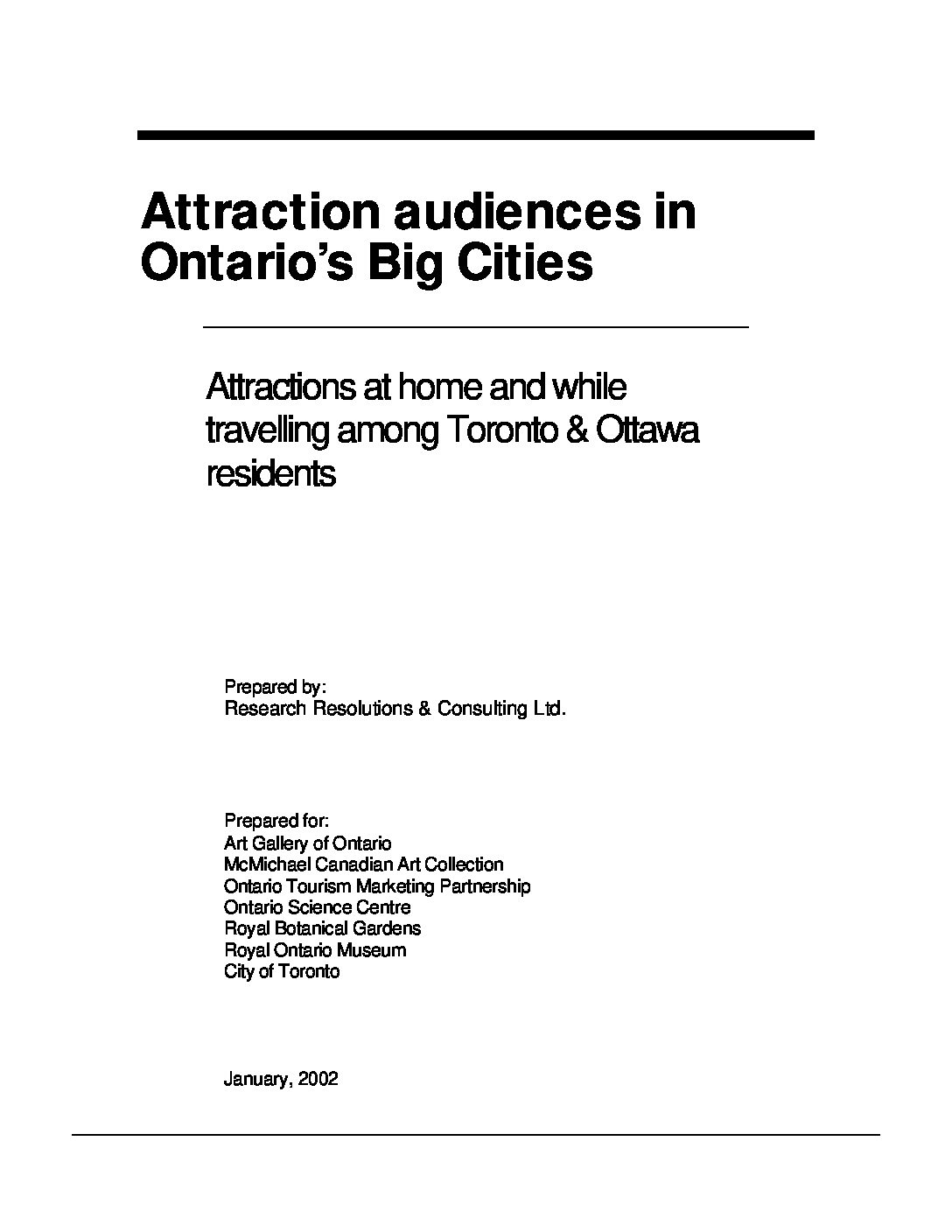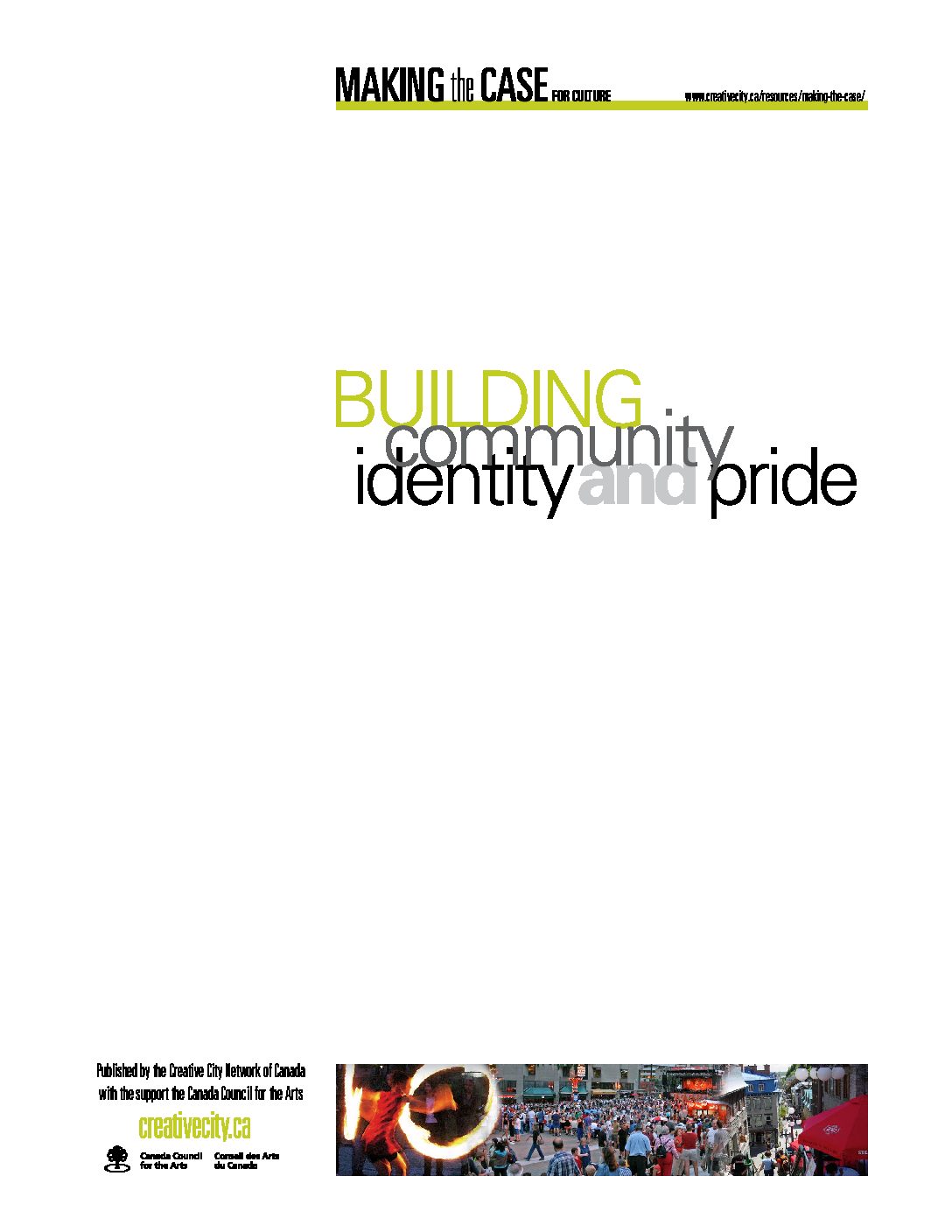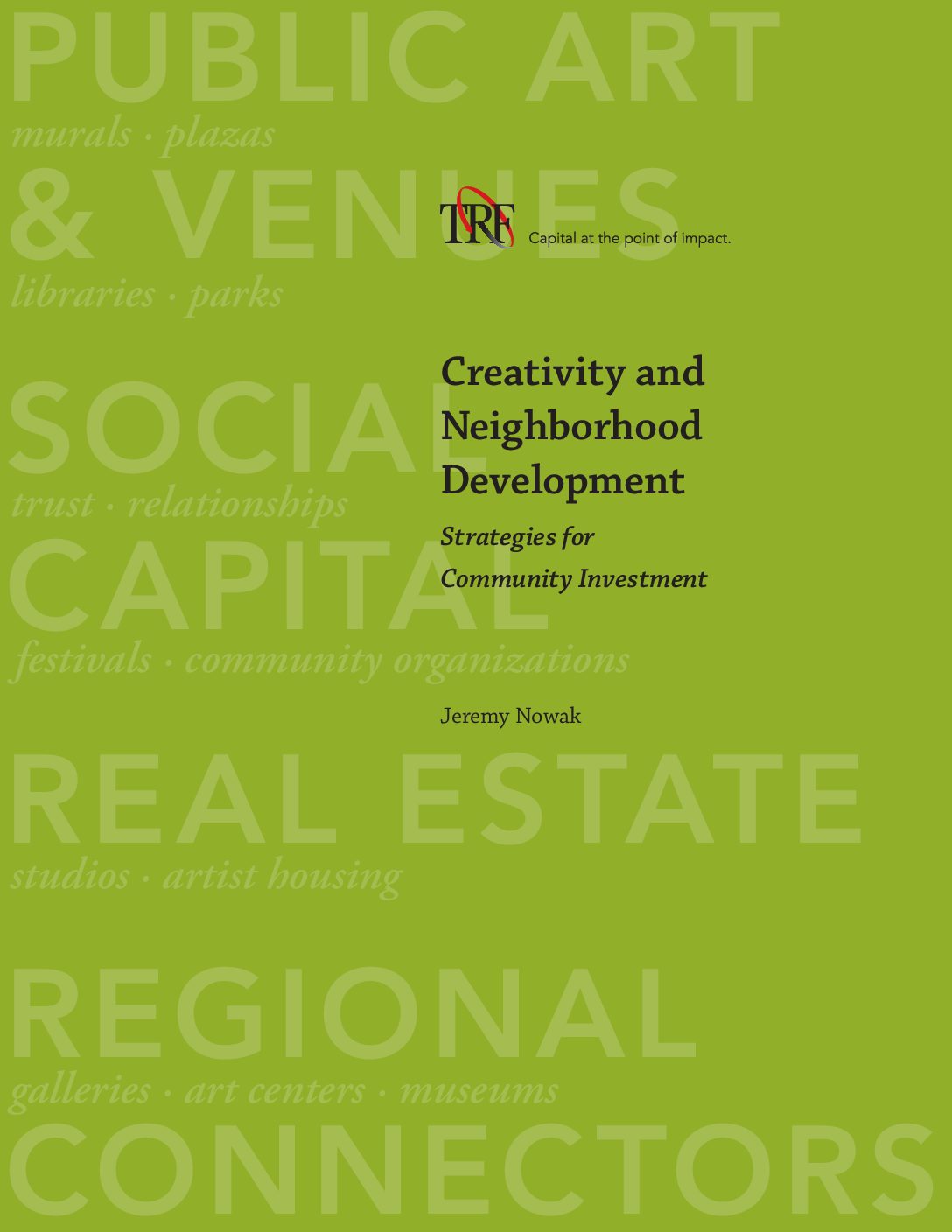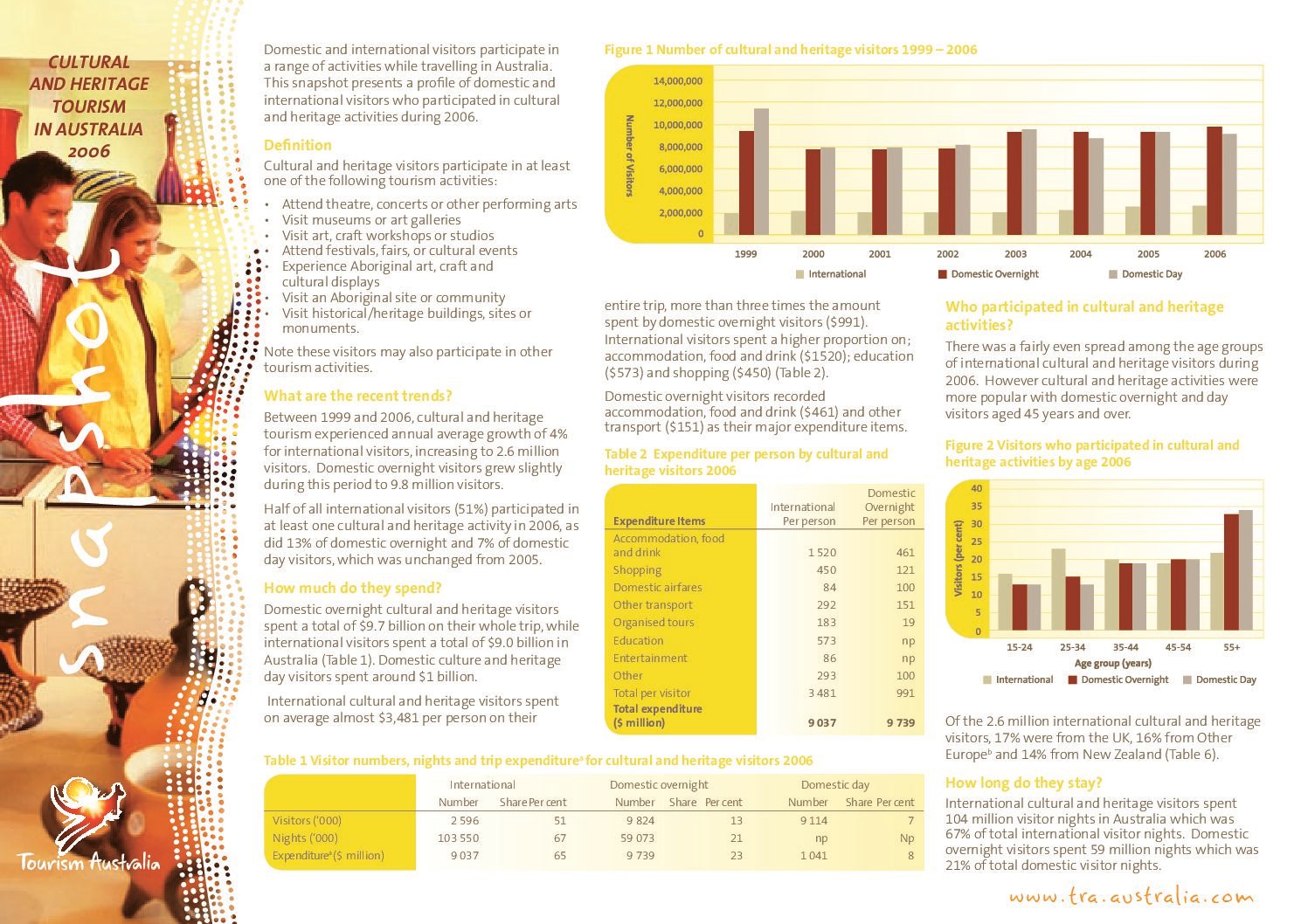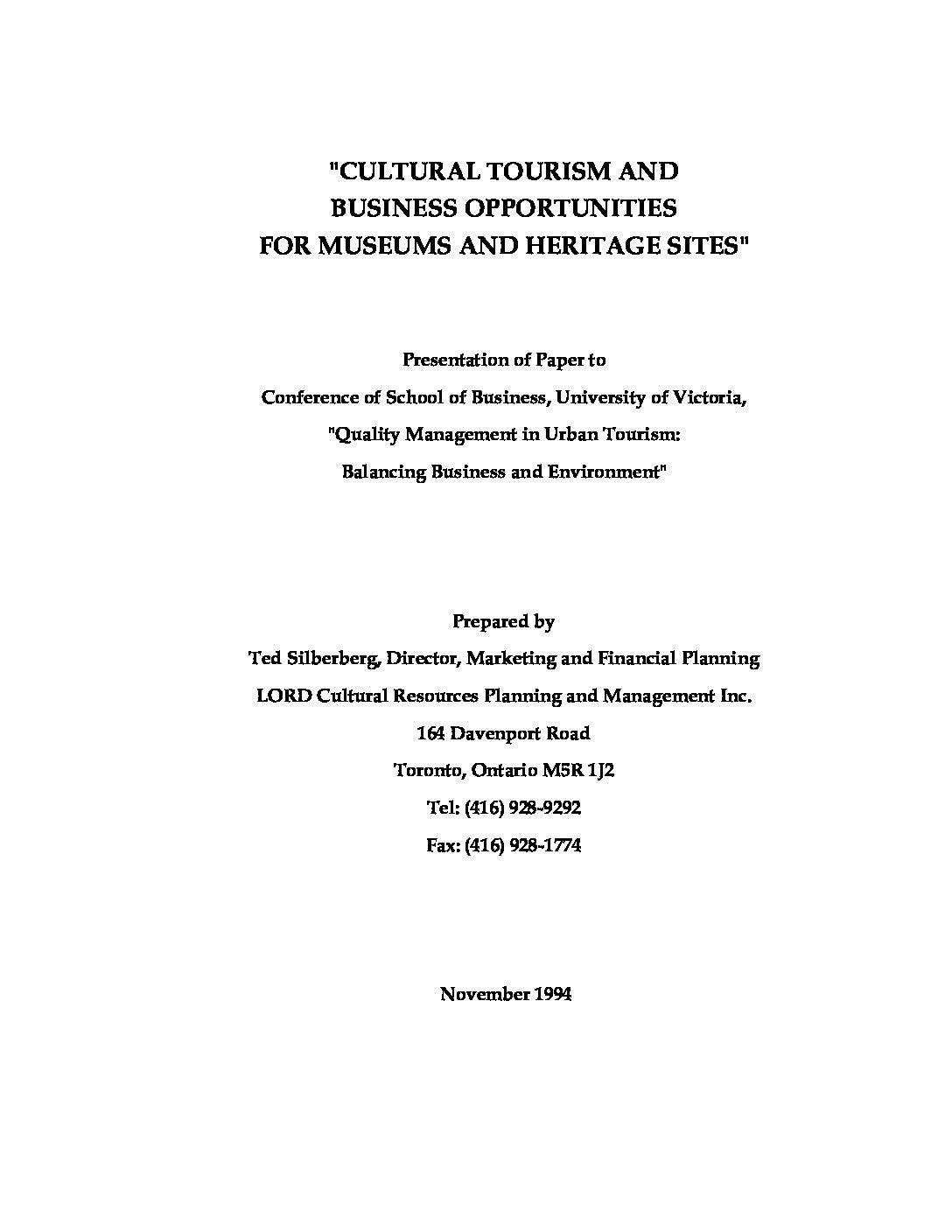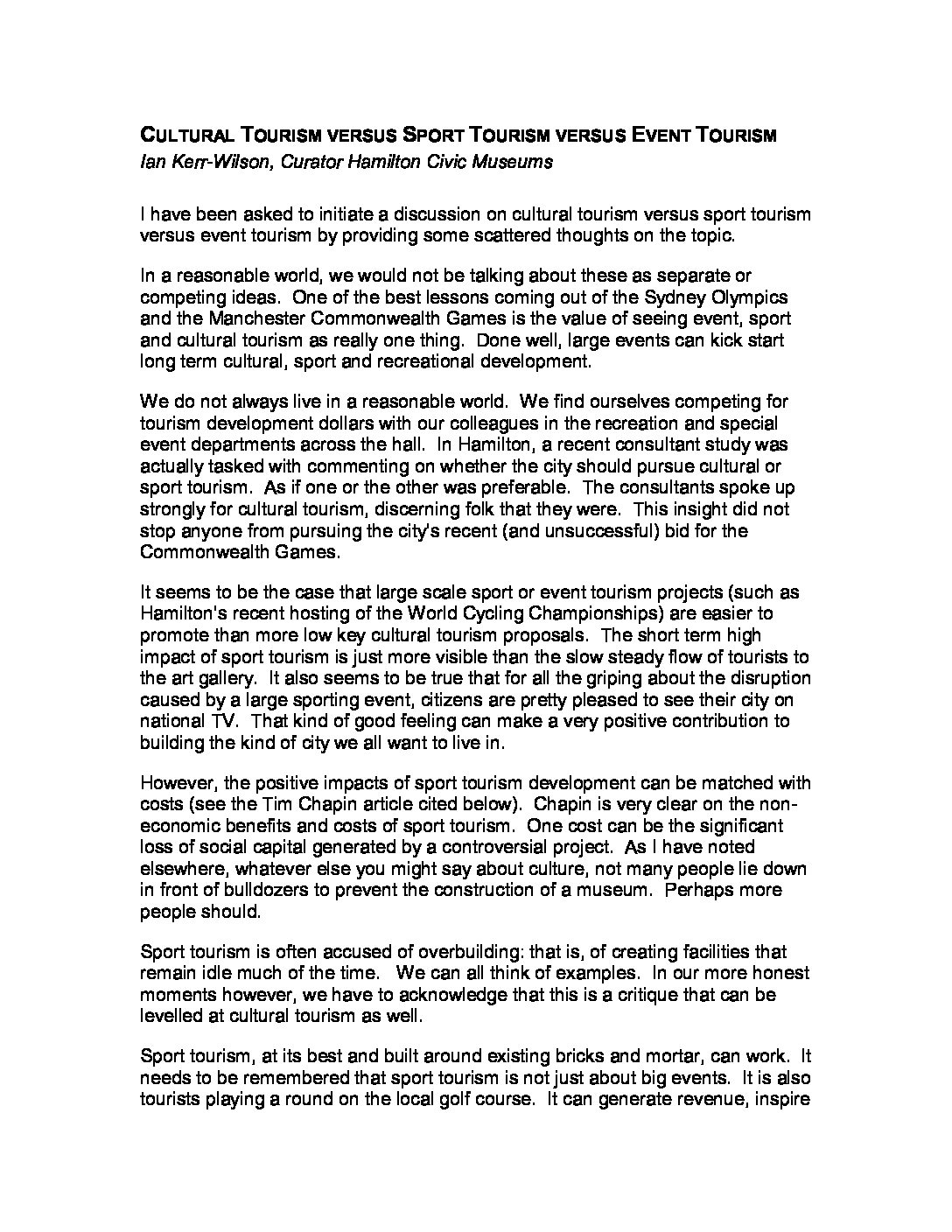-
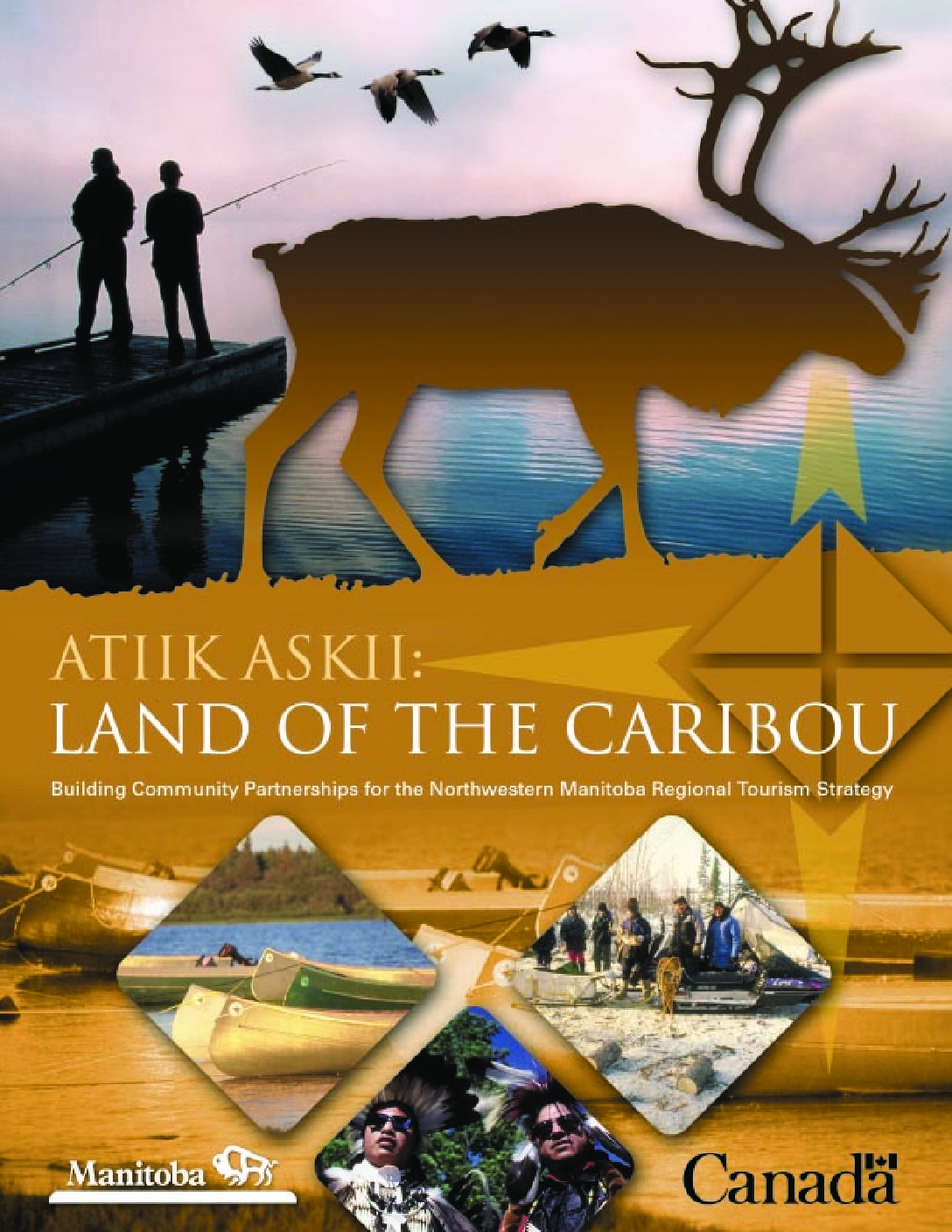
Aboriginal Tourism in Canada – Atiik Aski: Land of the Caribou – 1273KB
A guide to developing community-based and Aboriginal tourism. The guide identifies and describes eight best practices derived from a community tourism development strategic planning process carried out over two years by 13 communities in northwestern Manitoba and eastern Saskatchewan.
This case study of the Northwest Manitoba Regional Tourism Strategy, Atiik Askii: Land of the Caribou, identifies and describes eight best practices derived from a community tourism development strategic planning process carried out over two years by 13 communities — 12 located in northwestern Manitoba and one in eastern Saskatchewan. Community and economic development practitioners attempting community tourism development may find that considering and/or adopting these practices in their planning processes can help stakeholders ensure and enrich a successful outcome. The study is based on field interviews with those key participants in the strategic planning process.
-

An International Literature Review and Inventory of Resources – 5754KB (2009)
Developing and Revitalizing Rural Communities Through Arts and Creativity: An International Literature Review and Inventory of Resources This paper provides an overview of English-language academic research literature and policy related studies with respect to cultural development in rural communities.
-
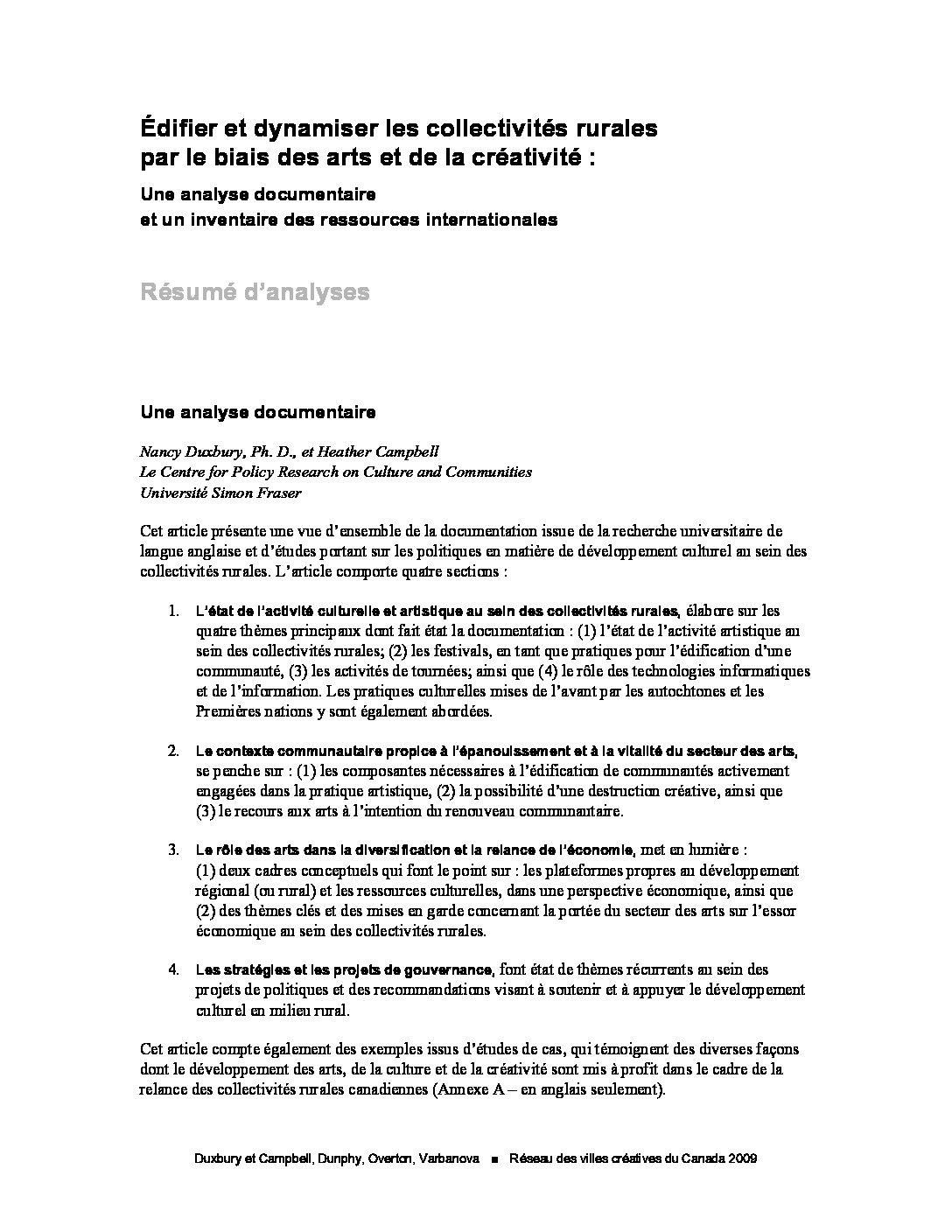
An International Literature Review and Inventory of Resources in French
Cet article présente une vue d’ensemble de la documentation issue de la recherche universitaire de langue anglaise et d’études portant sur les politiques en matière de développement culturel au sein des collectivités rurales.
-

Annotated Bibliography – 801KB (2009)
Developing and Revitalizing Rural Communities Through Arts and Creativity: Annotated Bibliography
This annotated bibliography is part of the “Developing and Revitalizing Rural Communities Through Arts and Creativity” project, conducted by the Centre for Policy Studies on Culture and Communities at Simon Fraser University, Vancouver, British Columbia, Canada. The project was commissioned by the Creative City Network of Canada and acknowledges the support provided by the Department of Canadian Heritage and Rural Alberta’s Development Fund through the Alberta Recreation and Parks Association.The purpose of this policy is to contribute to Prince George as BC’s Northern Arts Capital, to contribute to the excellent quality of life of its citizens and to help develop and enhance social, environmental and economic opportunities by promoting art in public places.
-
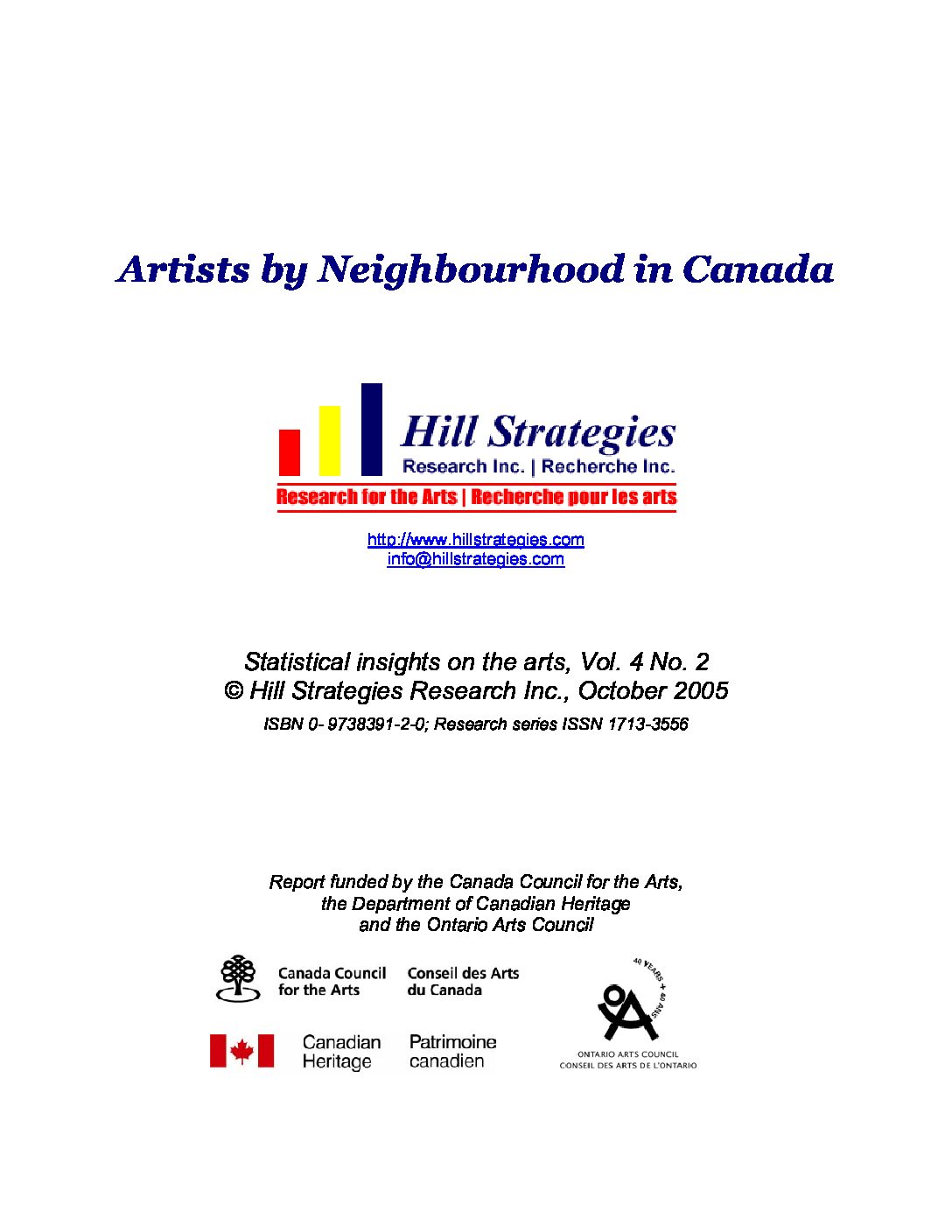
Artists by Neighbourhood in Canada – 1199KB (2005)
This report provides an analysis of artists residing in various postal regions – “neighbourhoods” – across Canada. The study is based on a custom data request from Statistics Canada’s 2001 census, conceived of and commissioned by Hill Strategies Research.
-
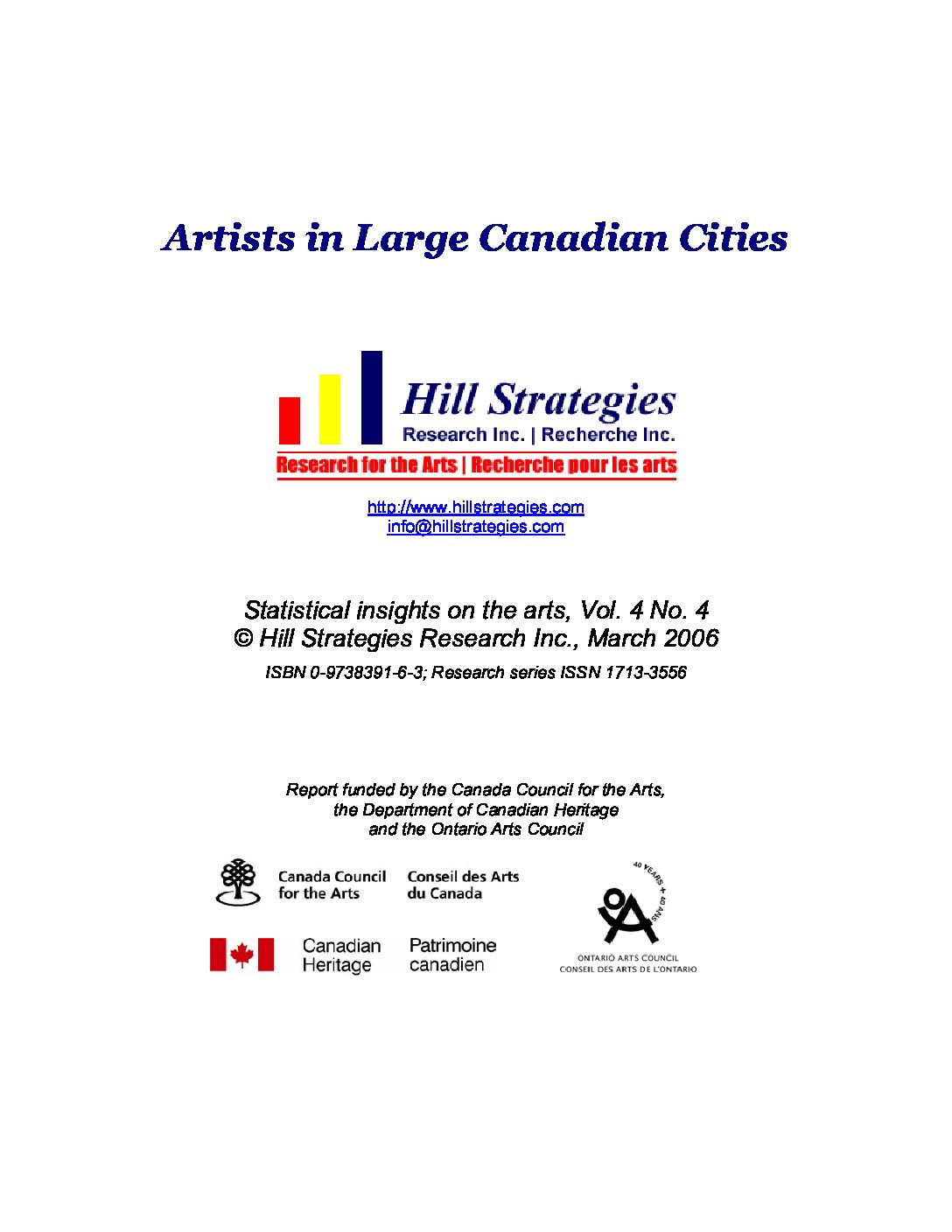
Artists in Large Canadian Cities – 1735KB (2006)
This report provides an analysis of artists residing in 92 large municipalities across Canada. “Large municipalities” are defined as those cities with at least 50,000 residents in 2001.
-
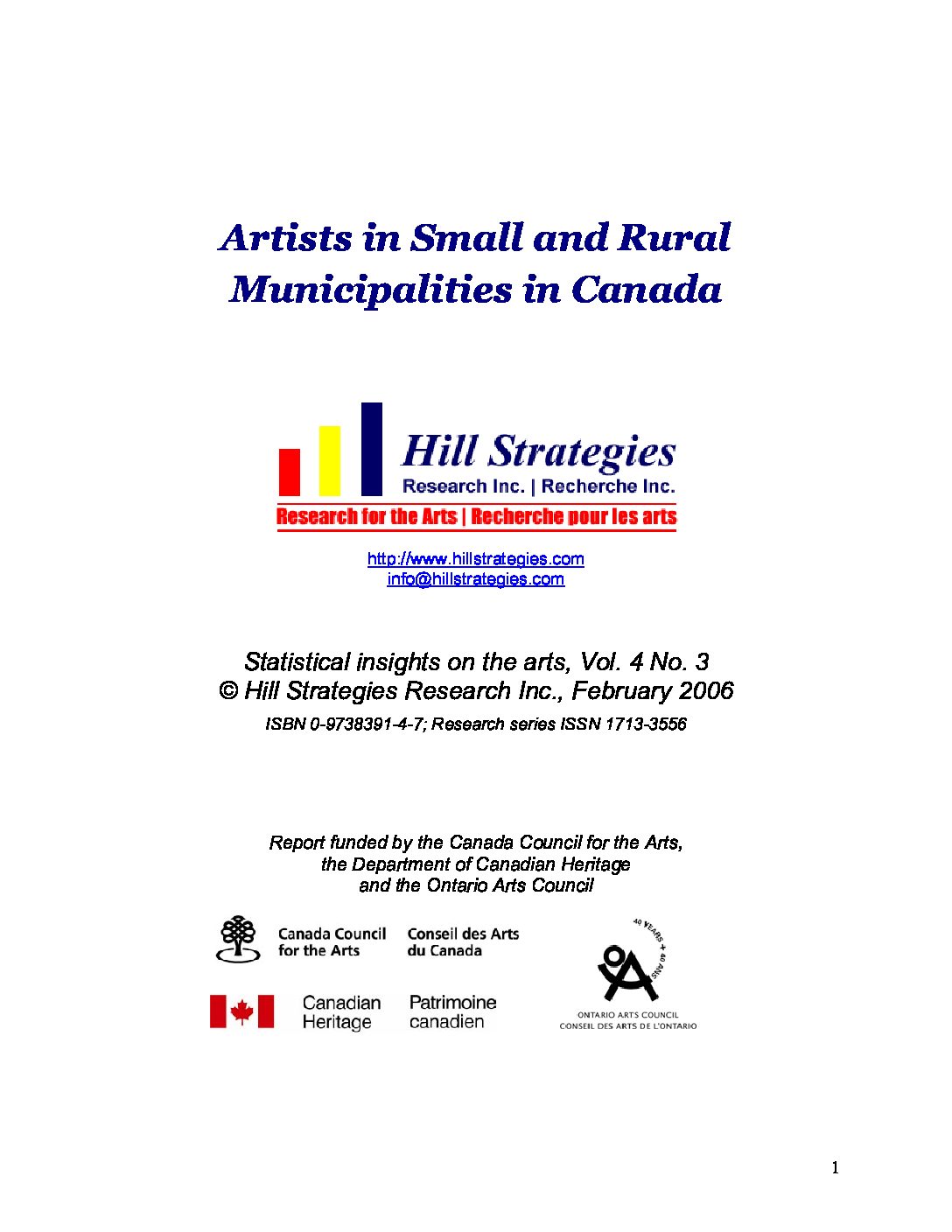
Artists in Small and Rural Municipalities in Canada – 1529KB (2006)
This report finds significant concentrations of artists in small and rural municipalities across Canada. The study is based on a custom data request from Statistics Canada’s 2001 census, conceived of and commissioned by Hill Strategies Research.
-
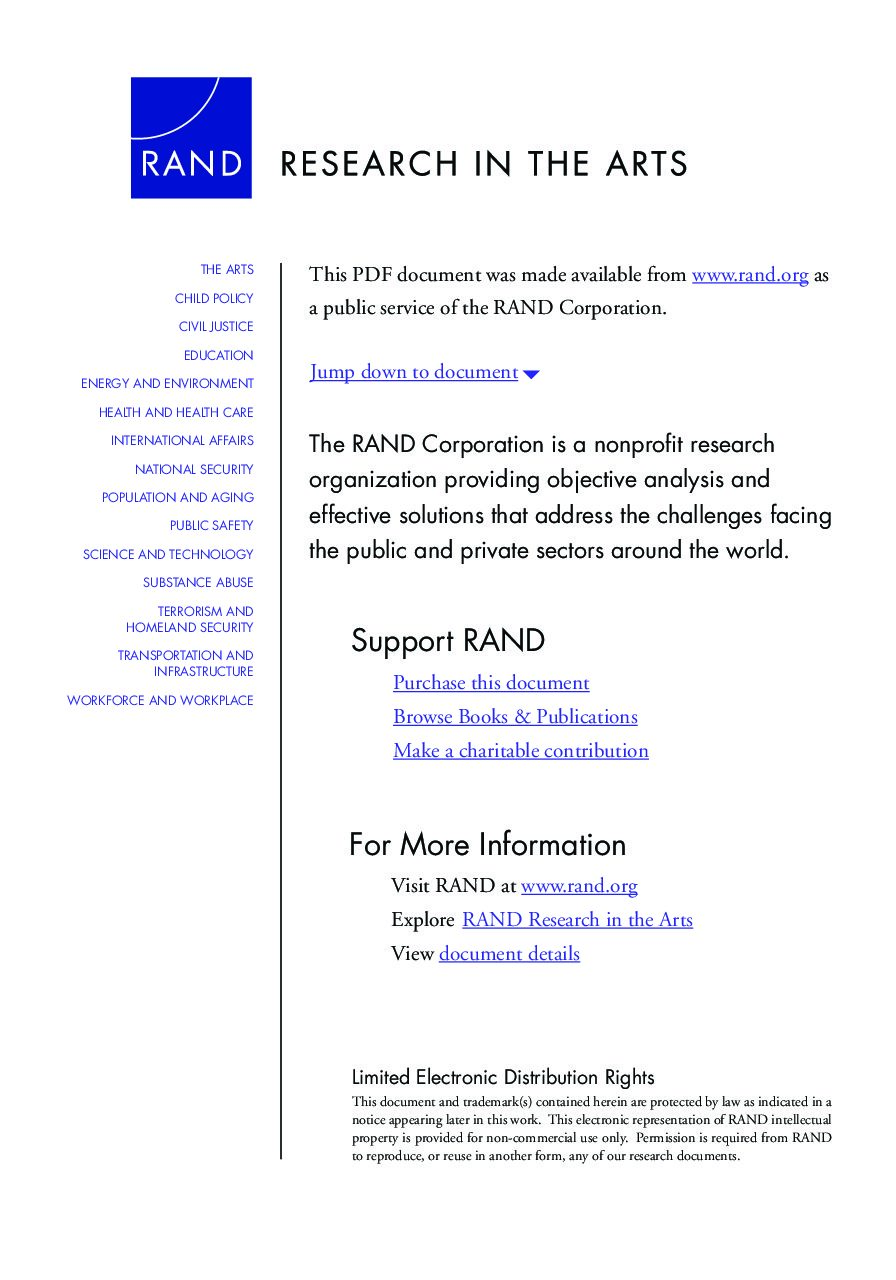
Arts and Culture in the Metropolis Strategies for Sustainability – 148KB (2007)
After three and a half decades of unprecedented growth, the nonprofit arts face an environment that threatens to stunt that growth and raises the prospect of future consolidation. This situation poses severe challenges to the sustainability of local arts sectors. … This study has three goals: (1) to identify the sources and characteristics of this new environment, (2) to describe the ways local arts communities are responding to new challenges, and (3) to analyze Philadelphia’s arts sector and recommend potential solutions to its sustainability problems.
-
Attracting Audiences in Ontario’s Big Cities: Attractions at Home and while Travelling among Toronto and Ottawa Residents – 286KB (2002)
Major attractions in the Toronto area (including the Art Gallery of Ontario, McMichael Canadian Art Collection, Ontario Science Centre, Royal Botanical Gardens, Royal Ontario Museuem, the Ontario Tourism Marketing Partnership, and the City of Toronto) provided support for Research Resolutions & Consulting Ltd. to undertake a special analysis of Statistics Canada’s Tourism Activity and Motivation Survey (TAMS) from a resident perspective. The project was designed to provide attractions in the Toronto and Ottawa/Hull Census Metropolitan Areas (CMAs) with a better understanding of what types of cultural and entertainment activities residents participate in at home and when they travel.
-
Building Community Identity and Pride – 1170KB (2005)
Culture brings together networks of individuals strengthening social bonds, creating common memories and a democracy in which people want to participate.
-
Canada’s Heritage Tourism Enthusiasts – A Special Analysis of the Travel Activities and Motivation Survey (TAMS): Executive Summary – 118KB (2002)
In order to obtain a better understanding of the potential size, characteristics and interests of Canadian activity-based market segments, the Canadian Tourism Commission (CTC) commissioned Research Resolutions & Consulting Ltd. to undertake special analyses and reports based on the Travel Activities and Motivation Survey (TAMS). This report focuses on Heritage Tourism Enthusiasts — Canadians who have taken leisure trips in Canada and exhibit a particular interest in heritage-oriented activities when they travel.
-
Creativity and Neighbourhood Development: Strategies for Community Investment – 2604KB (2007)
The starting point for this document was a review of literature on the creative sector and community change guided by Mark Stern and Susan Seifert from SIAP. Next, staff from TRF interviewed people involved in community development and cultural activity in Philadelphia and Baltimore, two cities that exemplify the plight of post-industrial urban centers. We then examined the arts and culture-related investments within TRF’s portfolio and reflected on how those investments relate to TRF’s model of investor-driven change.
-
Cultural and Heritage Tourism in Australia – 585KB (2006)
Domestic and international visitors participate in a range of activities while travelling in Australia. This snapshot presents a profile of domestic and
international visitors who participated in cultural and heritage activities during 2006. -
Cultural Tourism and Business Opportunities for Museums and Heritage Sites – 224KB (2002)
This paper considers the opportunities for the continued development of cultural tourism, with a focus on museums and heritage sites in urban settings. It is based on the main findings of the cultural tourism strategy completed last year by LORD Cultural Resources for the Province of Ontario. The study is called Strategic Directions for Ontario’s Cultural Tourism Product. The central strategies developed in that study will be applied to the notion that heritage organizations need to communicate to existing and potential supporters their important role in helping to meet not only the preservation and educational needs of a community, but also wider community needs such as tourism, economic development and downtown revitalization.
-
Cultural Tourism vs. Sport Tourism vs. Event Tourism – 59KB (2003)
Brief discussion paper on the frequent competition between culture and sport for tourism development funding and keeping the focus of tourism development on community development. Written for the Creative City Network.


